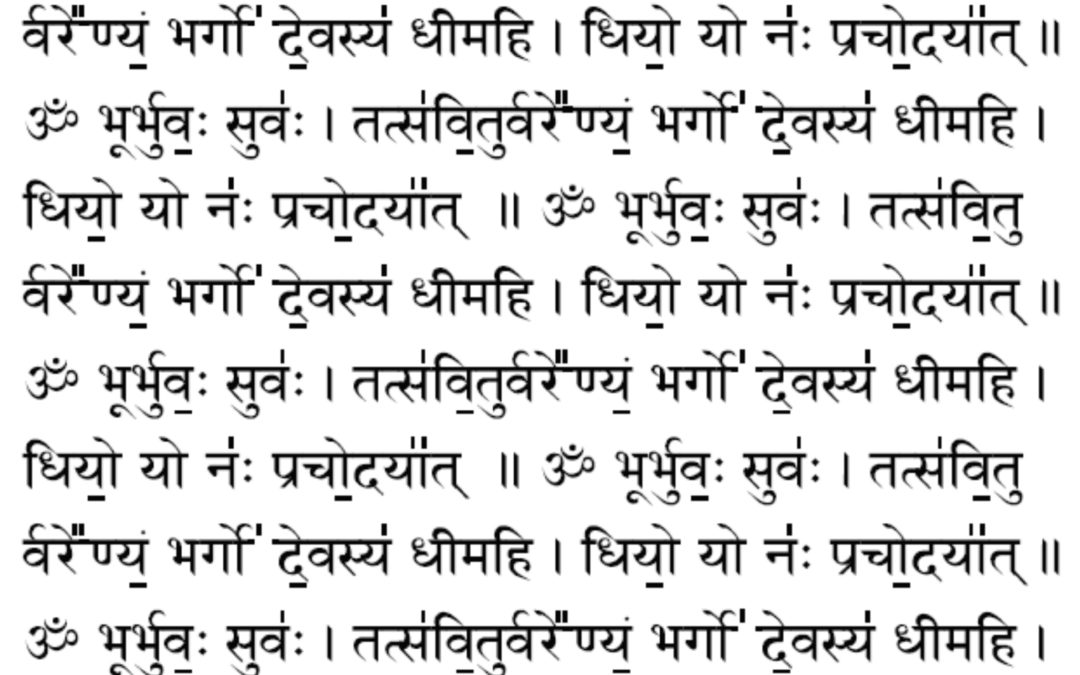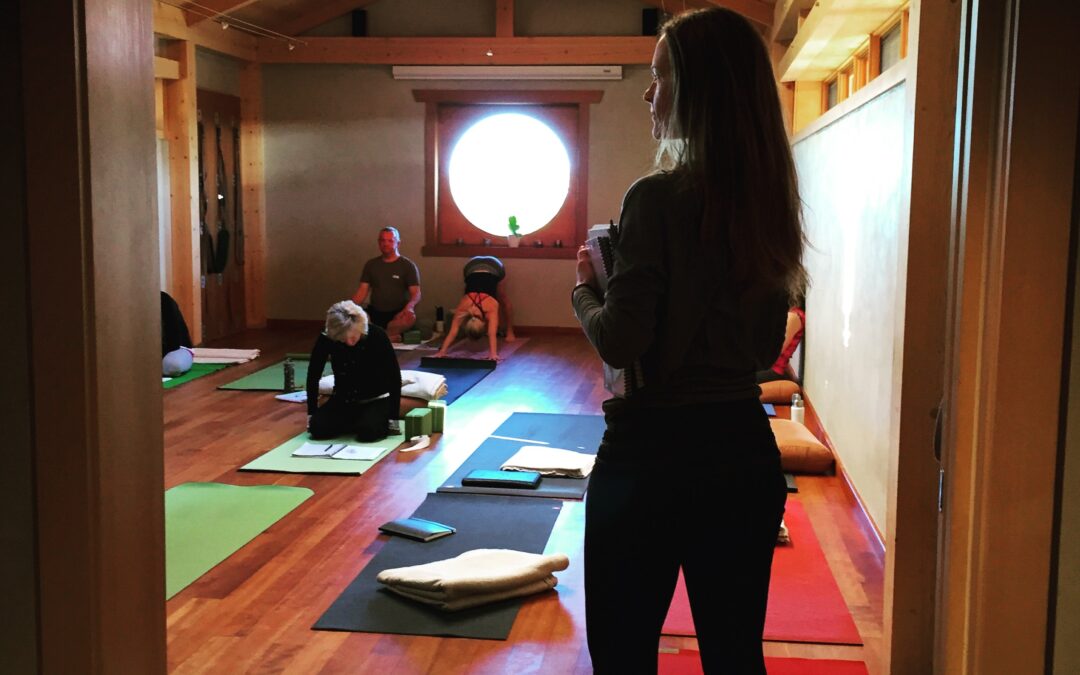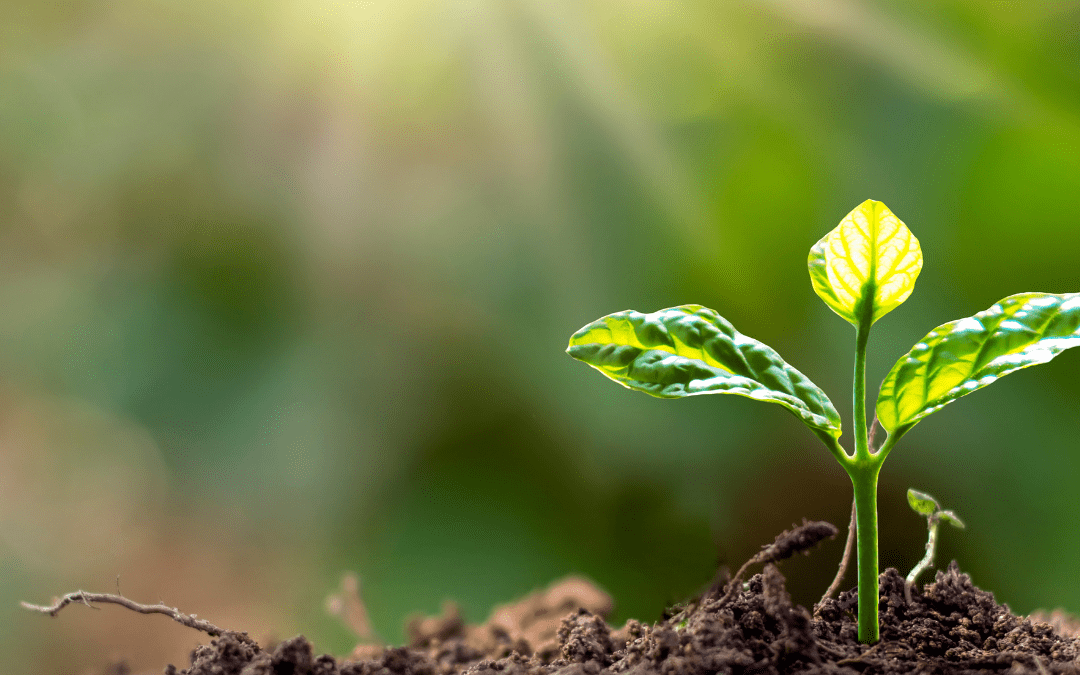The Gayatri mantra, the most ancient of the mantras found in the Rig Veda, is considered to be the mother of the Vedas. The sound “gai” in Sanskrit means sing and “trai” means protect. Gayatri therefore translates to “she who protects the singer.” The practice of the Gayatri mantra allowed the Rishis, or seers, to receive the revelation of all other mantras.





